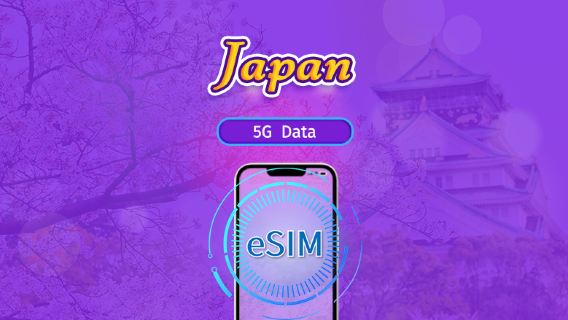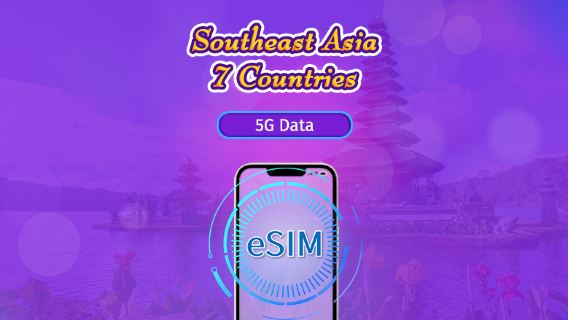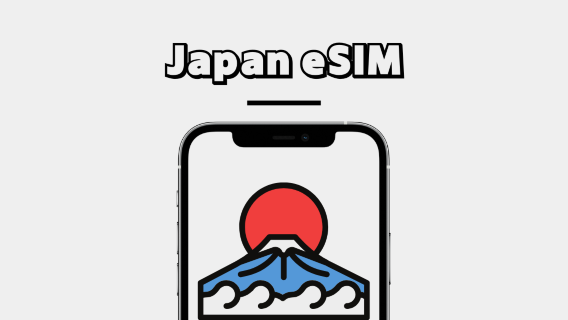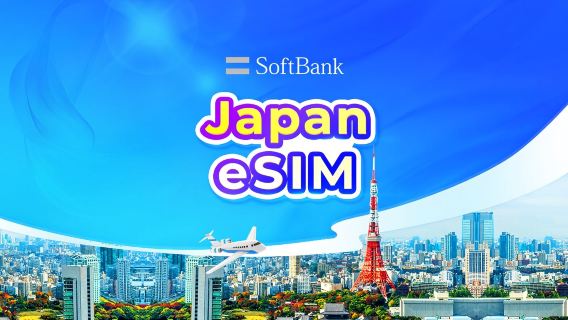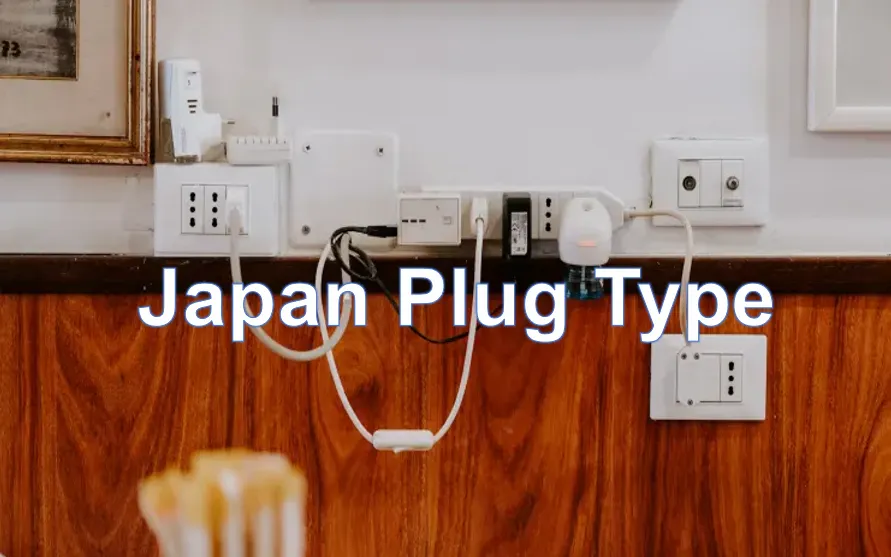
Introduction to Japan Plug Types
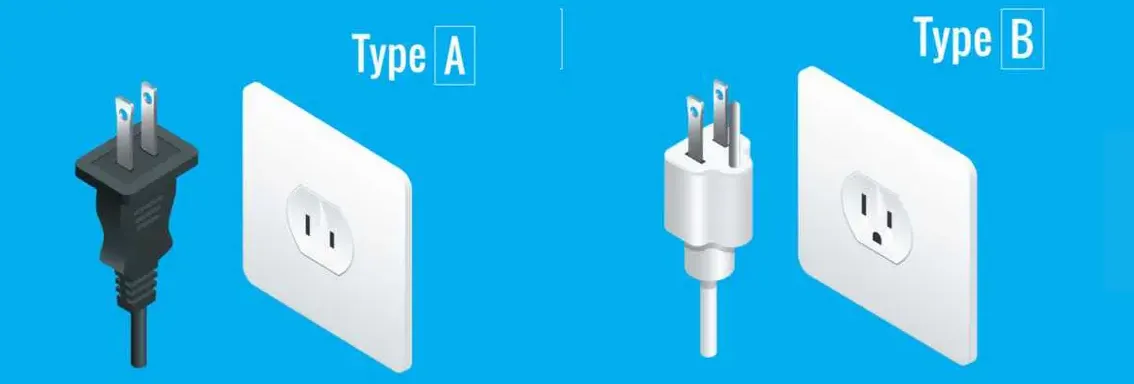
Japan primarily uses two types of electrical plugs, known as Type A and Type B. These plug types are also used in North America, Central America, and some other countries. Here's a detailed overview of the Japan plug types you will encounter:
From now until stock last, you can enjoy up to 8% off hotel deals on Trip.com when you register as a member on desktop or app!
Common Sockets in Japan
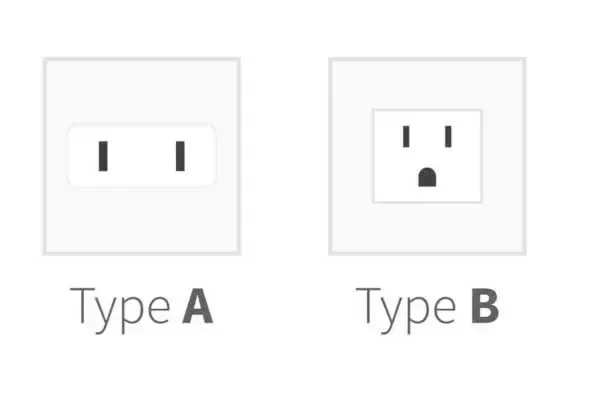
In Japan, the most common electrical sockets (power outlets) are Type A and Type B.
- Type A: This is an ungrounded socket with two flat parallel pins. Most Japanese outlets are Type A.
- Type B: This is a grounded version of Type A with an additional round pin for grounding. While less common than Type A, Type B sockets can also be found in Japan, especially in newer buildings and facilities.
👀✨If you're curious about how to stay connected in Japan, check the following Japan eSIM products!
Explore Cheap Japan eSIMs
What Voltage and Frequency is Used in Japan?

- The standard voltage in Japan is 100 volts, which is lower than the North American standard of 120 volts.
- 50 Hz in Eastern Japan (Tokyo, Yokohama, Tohoku, and Hokkaido) & 60 Hz in Western Japan (Osaka, Kyoto, Nagoya, Hiroshima).
Do I Need a Travel Adapter for Charging in Japan?
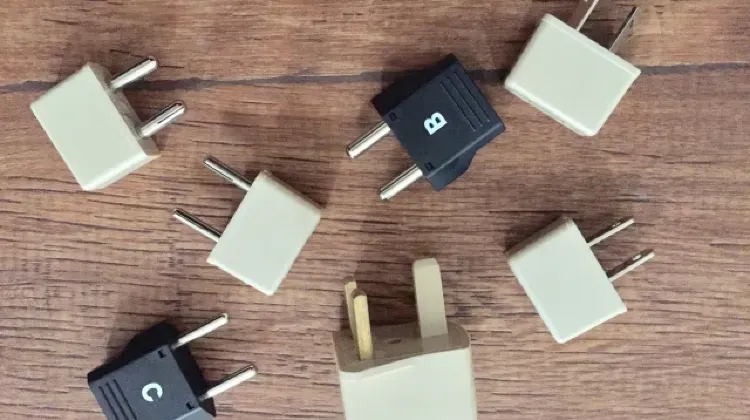
If you're traveling to Japan from a country that uses a different voltage and/or plug type, you will need a conversion plug or a power adapter to use your electronic devices. Here's what you should consider:
- 1. Plug Adapter: If your devices can handle 100 volts and only the plug shape is different, you'll need a plug adapter. This adapter does not change the voltage; it simply allows your device's plug to fit into the Japanese power outlet.
- 2. Voltage Converter/Transformer: If your devices are not compatible with 100 volts and are designed for a higher voltage (such as 220-240 volts, common in Europe and many other parts of the world), you will need a voltage converter or transformer to step down the voltage to 100 volts.
- 3. Dual-Voltage Devices: Many modern electronic devices, such as laptops, smartphones, and camera chargers, are dual voltage, meaning they can operate on a range of voltages from 100 to 240 volts. For these devices, you only need a plug adapter, not a voltage converter.
Tips for Charging Your Devices in Japan
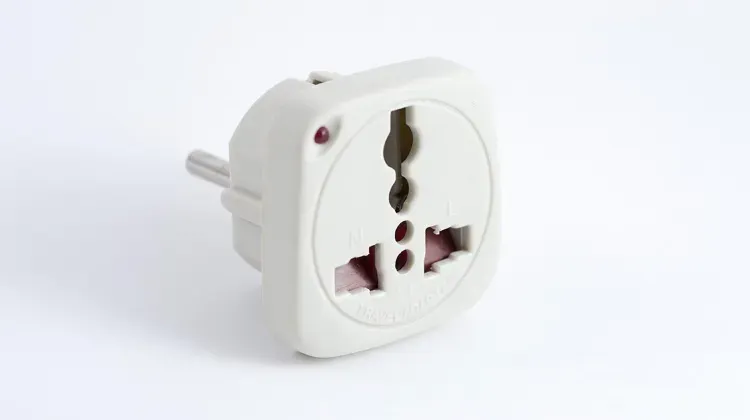
When traveling to Japan, you'll need a travel adapter to charge your devices because the electrical outlets and voltage may differ from those in your home country. Here's tips for charging your devices:
Smartphones and Computers

Most modern smartphones, tablets, and laptop chargers are designed to handle a range of voltages from 100V to 240V, so you typically only need a plug adapter to charge these devices in Japan.
Hair Dryers

Check if your hair dryer is dual-voltage. If it is, you can switch it to the 100V setting and use it with a plug adapter in Japan. If not, it's usually better to use a dual-voltage travel hair dryer or purchase one locally in Japan that is designed for the 100-volt system.
USB Charger
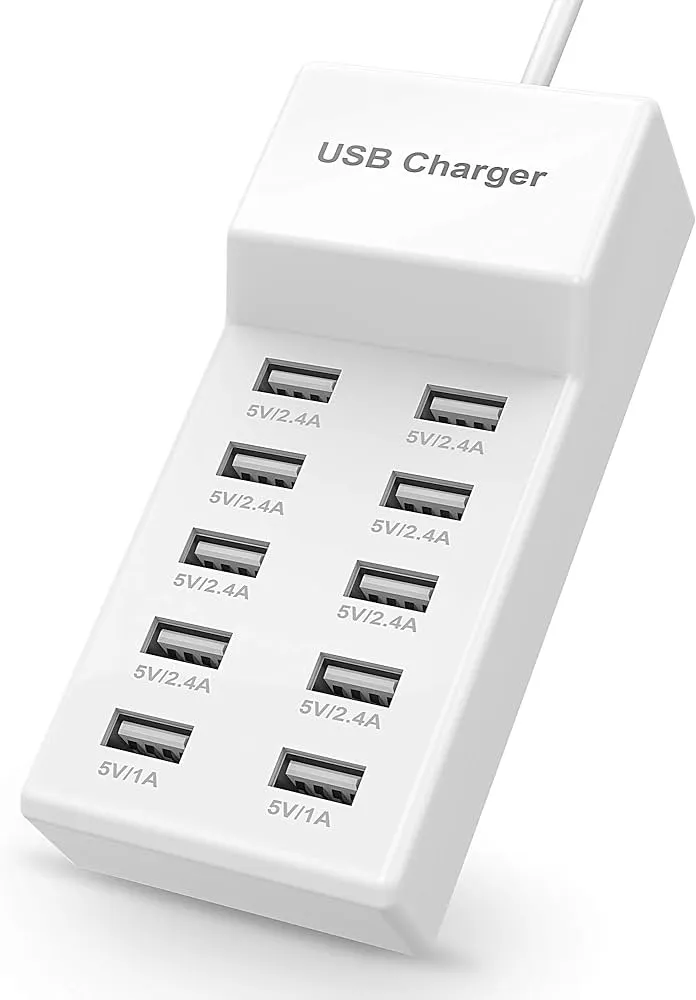
Source: Amazon
For devices that charge via USB, a universal travel adapter with built-in USB ports can be very convenient.
Power Strip
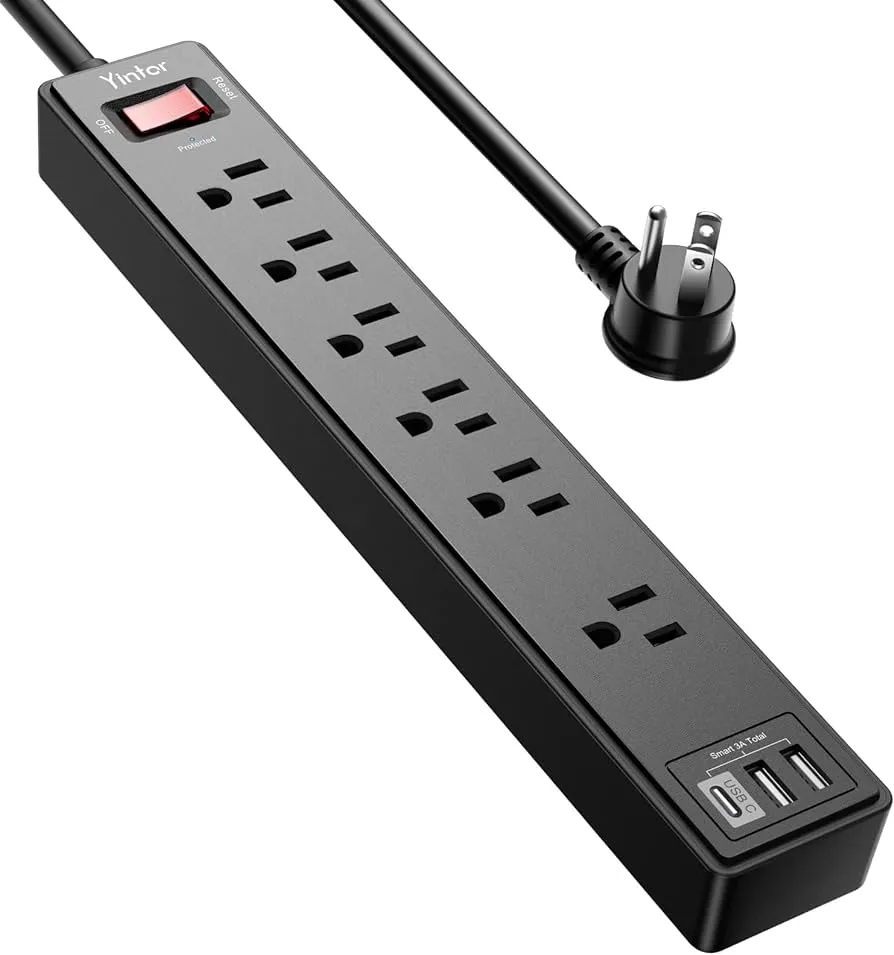
Source: Amazon
If you have multiple devices, consider bringing a power strip (without surge protection, as it may not work with different voltages) from your home country along with a single travel adapter to plug the strip into the Japanese outlet.
❤️If you're planning a trip to Japan, check out the following article to learn more!
How Voltage and Frequency Differences Affect Devices in Japan

In Japan, the standard voltage supply is 100 volts, which is lower than in many other countries. For example, in the US, the standard voltage is 120 volts, and in most of Europe, it is around 230 volts. The frequency is 50 Hz to 60 Hz. Here's how these voltage and frequency differences can affect devices:
- Foreign Devices in Japan: Devices from countries with higher standard voltages may not work as efficiently when plugged into Japanese outlets. In some cases, they might require a voltage transformer or a power converter to function properly.
- Frequency Difference: The difference in frequency can affect timing devices and appliances with motors. For example, an electric clock designed for 60 Hz may not keep accurate time if operated at 50 Hz. Similarly, appliances like fans and ovens may not function as intended if the frequency is lower.
- Safety Concerns: Using devices at an incorrect voltage can pose safety risks, including electrical shock, short-circuiting, and fire hazards. It's essential to check the voltage specifications on electronic devices and use appropriate transformers or converters when necessary.
Where to Charge Your Devices Easily in Japan?

Charging your devices in Japan is relatively easy, as there are various options available. Here are some places where you can charge your devices:
- 1. Convenience Stores: Many convenience stores like 7-Eleven, FamilyMart, and Lawson have charging stations. Some may offer this service for free, while others might charge a small fee.
- 2. Cafés and Restaurants: Some cafés and restaurants provide power outlets for customers to use. Look for outlets near seating areas or ask the staff if it's okay to charge your device.
- 3. Train Stations: Major train stations often have charging stations or outlets available for public use. These can be found near seating areas or within waiting lounges.
- 4. Shopping Malls: Large shopping centers and department stores sometimes have charging stations or lockers where you can securely charge your phone while you shop.
- 5. Airports: Major Japan airports, including Haneda Airport and Kansai Airport, are equipped with numerous charging stations in the terminal areas.
👀✨If you're curious about how to stay connected in Japan, check the following Japan eSIM products!
Explore Cheap Japan eSIMs
Global Electricity Standard Lists
There are 3 primary electrical standards worldwide: 110-120V in North and Central America, 220-240V in Europe & Asia, and a dual-voltage system. These standards also vary by frequency, with 50 Hz or 60 Hz, and have different plug types for each region. Here is the overview of the Electricity Standard for mutiple countries:
Asia & Oceania Electricity Standard
| Country | Frequency (Hz) | Voltage (Volts) | Plug Type |
| Australia | 50 | 230 | I |
| China | 50 | 220 | A, C, I |
| China (Hong Kong S.A.R.) | 50 | 220 | G |
| India | 50 | 230 | C, D, M |
| Indonesia | 50 | 230 | C, F |
| Malaysia | 50 | 240 | G |
| New Zealand | 50 | 230 | I |
| Philippines | 60 | 230 | A, B, C |
| Republic of Korea (South Korea) | 60 | 220 | C, F |
| Singapore | 50 | 230 | G |
| China (Taiwan) | 60 | 110 | A, B |
| Thailand | 50 | 230 | A, B, C, O |
| Vietnam | 50 | 220 | A, B, C |
| Fiji | 50 | 240 | I |
Europe Electricity Standard
| Country | Frequency (Hz) | Voltage (Volts) | Plug Type |
| France | 50 | 230 | C, E |
| Germany | 50 | 230 | C, F |
| Italy | 50 | 230 | C, F, L |
| Russia | 50 | 220 | C, F |
| Spain | 50 | 230 | C, F |
| United Kingdom | 50 | 230 | G |
| Poland | 50 | 230 | C, E |
| Sweden | 50 | 230 | C, F |
North America & South America Electricity Standard
| Country | Frequency (Hz) | Voltage (Volts) | Plug Type |
| Argentina | 50 | 220 | C, I |
| Brazil | 60 | 127/220 | C, N |
| Canada | 60 | 120 | A, B |
| Chile | 50 | 220 | C, L |
| Colombia | 60 | 110 | A, B |
| Mexico | 60 | 127 | A, B |
| Peru | 60 | 220 | A, B, C |
| USA | 60 | 120 | A, B |
| Venezuela | 60 | 120 | A, B |
Best Hotels in Tokyo
5 star
Family friendly
Hot spring
FAQs about Japan Plug Type
What is the voltage and frequency used in Japan?
The standard voltage in Japan is 100 volts, which is lower than in many other countries. The frequency is 50 Hz in Eastern Japan (including Tokyo, Yokohama, Tohoku, and Hokkaido) and 60 Hz in Western Japan (including Osaka, Kyoto, Nagoya, Hiroshima).Do I need a voltage converter for my devices in Japan?
If your device is not rated for 100 volts and is not dual-voltage (100-240V), you will need a voltage converter to safely use it in Japan.Can I use my Type B plug in a Type A socket?
You can physically fit a Type B plug into a Type A socket because the two flat pins are the same. However, since Type A sockets in Japan are not grounded, the grounding pin on the Type B plug will not function.Is it safe to use electrical appliances in the bathroom?
As in many countries, it is generally not safe to use electrical appliances near water due to the risk of electric shock. Use appliances in the bathroom only if they are specifically designed for that environment and follow all safety instructions.

 123767 booked
123767 booked